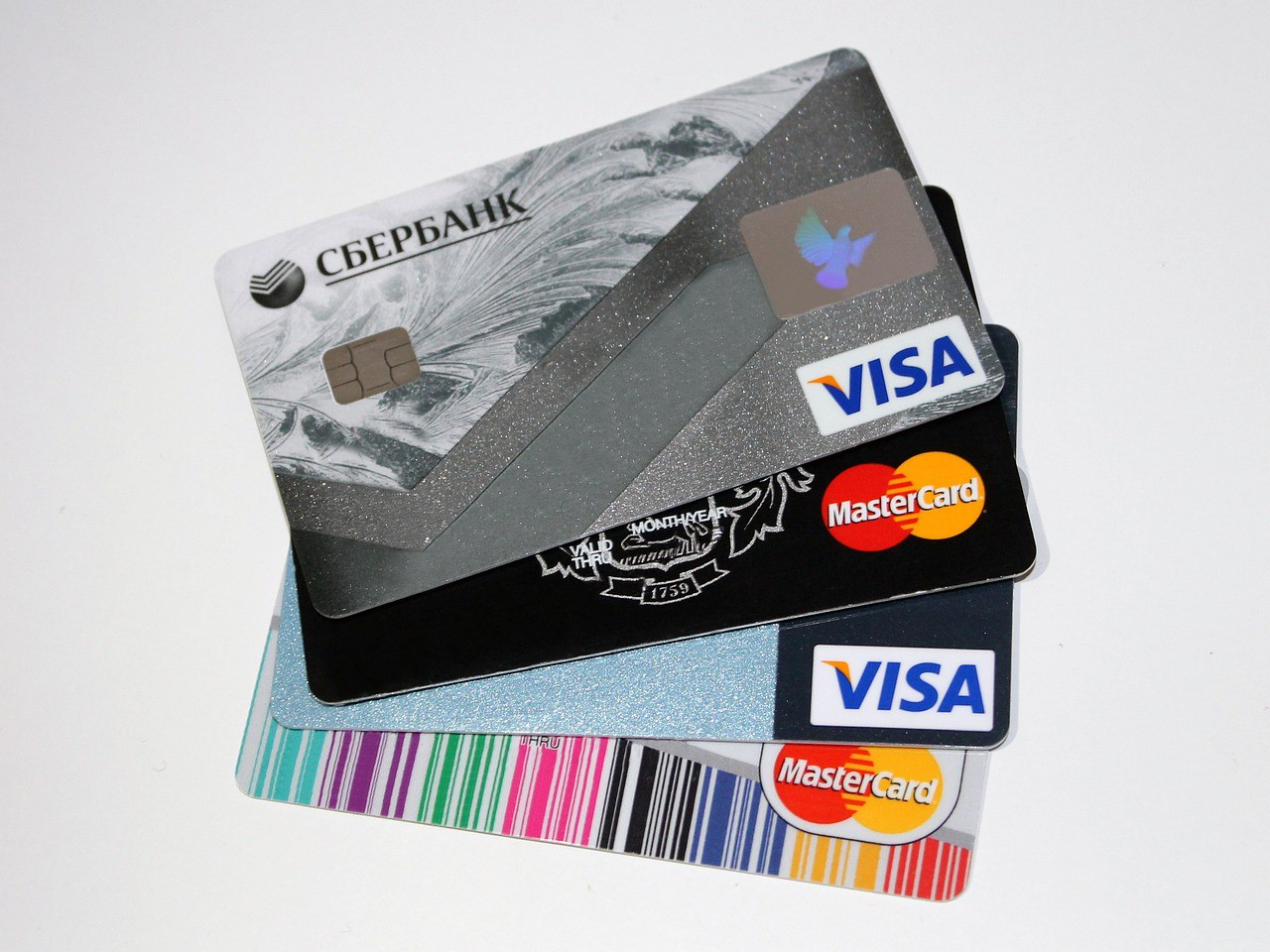The convenience of credit and debit cards can be overshadowed by the fear of financial fraud. One particularly unsettling scenario is card cloning, where criminals steal your card information to create a duplicate and use it for unauthorized purchases.
Early detection and decisive action are crucial to minimize financial losses in such situations.
Warning Signs of a Cloned Card
The telltale signs of a cloned card often appear on your bank statement. Scrutinize your transactions for any inconsistencies. Unexplained charges, especially for places you’ve never visited or online stores you’re unfamiliar with, are a major red flag.
Additionally, if your bank frequently declines legitimate transactions due to suspicious activity, it might be a sign they’ve detected potential cloning and are trying to protect you.
Another cause for concern is receiving a new card you didn’t request. Banks may issue replacements if they suspect your card is compromised. However, if a new card arrives unexpectedly, contact your bank immediately to verify its legitimacy.
Physical damage to your card can also be a clue. Skimming devices, used to steal card information when swiped, can sometimes leave faint scratches or marks on the magnetic stripe. If you notice any unexplained damage, report it to your bank as soon as possible.
Taking Action When You Suspect Fraud
If you suspect your card has been cloned, immediate action is essential. The first step is to contact your bank or card issuer. Locate the customer service number on the back of your card and explain the situation.
Request to freeze your card immediately to prevent further fraudulent charges. This essentially disables your card, making it unusable for any transactions, legitimate or illegitimate. While inconvenient, it’s a necessary step to stop the bleeding.
While speaking with your bank representative, inquire about the process for reporting fraudulent activity on your account. This typically involves filing a formal complaint and providing details about the suspicious transactions you identified. The bank will then investigate the matter and determine whether you’re liable for any of the fraudulent charges.
Gathering Evidence and Monitoring Your Accounts
Don’t discard any receipts you have for your card, even if they relate to legitimate transactions. These receipts can serve as valuable evidence when filing a dispute with your bank.
Additionally, document the suspicious transactions you noticed on your statement, including the date, amount, and merchant name. This detailed record will be crucial for your bank’s investigation.
Even after reporting the fraudulent activity and freezing your card, it’s important to remain vigilant. Continue to monitor your account statements and transaction history for any further signs of unauthorized charges.
Early detection allows you to report new fraudulent activity promptly, minimizing the potential damage.
Preventing Card Cloning: Proactive Measures
While card cloning can be a concern, there are steps you can take to reduce the risk. The first line of defense is vigilance when using your card at ATMs and point-of-sale terminals.
Before swiping your card, take a moment to inspect the card reader for any signs of tampering. Look for loose parts, bulky attachments, or anything that appears out of place. If something looks suspicious, trust your gut and use a different ATM or POS terminal.
Modern chip-enabled cards offer significantly better security than traditional magnetic stripe cards. The chip technology generates a unique code for each transaction, making it much more difficult for criminals to clone your card information.
Whenever possible, choose a card with a chip and opt to use the chip reader instead of swiping.
Developing the habit of regularly reviewing your bank statements is another critical preventive measure.
This allows you to identify any suspicious activity early on before it escalates into a larger issue. Many banks also offer transaction alert services that can notify you of purchases exceeding a certain amount. These alerts can be a valuable tool for catching fraudulent activity in real time.
Contactless Payment Options: An Additional Layer of Security
For an extra layer of security, consider using contactless payment options like Apple Pay and Google Pay.
These services use encrypted data to process transactions, making them less vulnerable to cloning. Instead of swiping your card, you simply hold your phone near the contactless reader at the checkout terminal.
This not only reduces the risk of card cloning but also expedites the checkout process.
Conclusion: Protecting Yourself from Financial Fraud
Card cloning is a serious threat, but by following these steps and remaining vigilant, you can significantly reduce your risk.
Remember, early detection and quick action are key. If you suspect fraudulent activity on your card, don’t hesitate to contact your bank and report the issue immediately.
By taking charge of the situation and working with your bank, you can minimize the financial damage and restore peace of mind.

